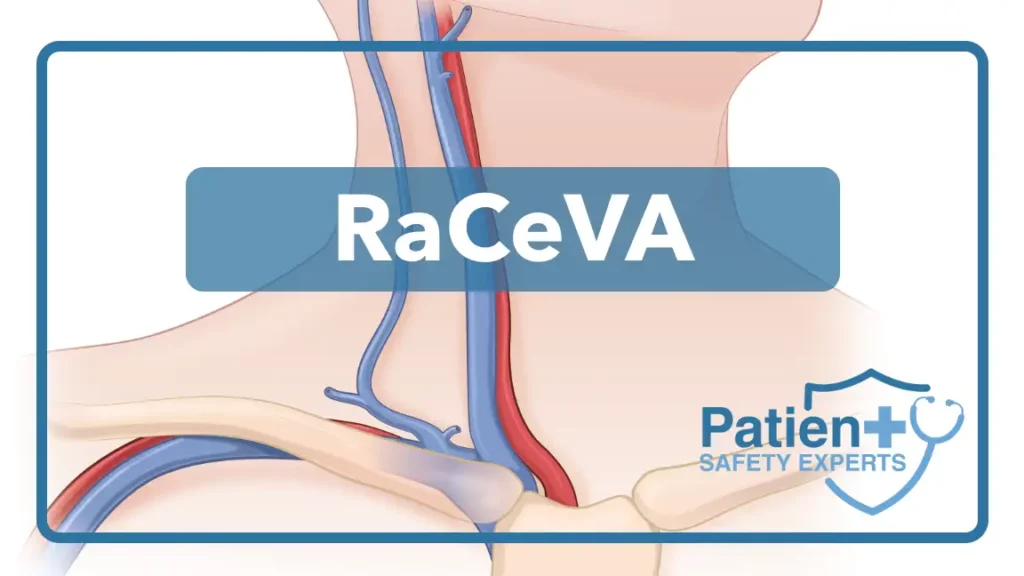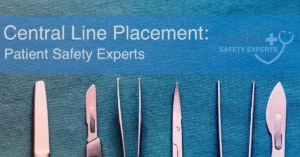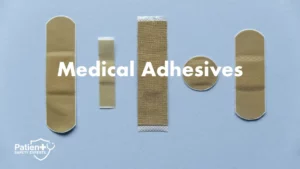Rapid Central Vein Assessment (RaCeVA) is a systematic, standardized approach for ultrasound assessment before central venous catheterization.
Ultrasound use for central line placement not only provides superior procedural advantages but can also be used to perform a thorough assessment of the vascular structures to evaluate vessel health, viability, size, and patency, including the location of other important and best avoided anatomical structures.
Challenges with Ultrasound Assessment of Vascular Anatomy
Slow Uptake of Ultrasound Use
There has been a slow uptake of the use of ultrasound by healthcare practitioners and their respective institutions for vascular access-related procedures. Whether it is a lack of exposure, education, and skill or purely the inability to access ultrasound technology when it is needed most, this hesitancy potentially exposes patients to unnecessary procedures and risks.
Obtaining Clear Visualization of Structures
The main challenge faced by practitioners is the proper visualization of the target vessel both pre- and intra-procedurally. Depending on the patient’s habitus, some ultrasound views may be difficult to obtain and manage during the procedure.
During the procedure, many providers struggle with the continuous, simultaneous visualization of the vein and of the needle tip due to the narrow single-plane (two-dimensional (2D)) view of the ultrasound plane
A thorough vascular assessment is best performed using a systematic and standardized approach, such as the Rapid Central Vein Assessment (RaCeVA)
How to perform the Rapid Central Vein Assessment (RaCeVA)
As a tool, RaCeVA is designed
- to teach the different US-guided approaches to the central veins;
- to help the operator scan systematically all possible venous options;
- to guide the operator in choosing the most appropriate vein to be accessed, on a rational and well-informed basis
References:
Spencer TR, Pittiruti M. Rapid Central Vein Assessment (RaCeVA): A systematic, standardized approach for ultrasound assessment before central venous catheterization. The Journal of Vascular Access. 2019;20(3):239-249. doi:10.1177/1129729818804718











